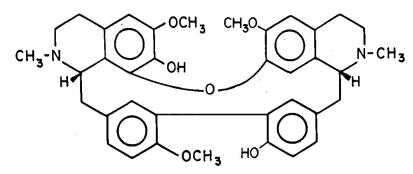ABSTRACT
The objective of this study was to compare two alkaloids (antioquine and tetrandrine) with verapamil; knowing that the smooth muscle respond to KCl and relationships with calcium. The effects of antioquine and tetrandrine, was studied in adults Wistar rat with modified methods used in the determination of aorta contractility and compared with verapamil effect in the same assays. The analysis of the effect of a drug or extract on aortic reactivity included maximal relaxation or maximal contraction (Cmax) (Phase 1). In our results, verapamil induced a blockade of 98.7 ± 0.7% (n = 6) in presence of endothelium and 97.9 ± 4.3% in ausence of endothelium, both in phase 1 and in phase 2 of 47.4 ± 4.1% (n = 6) in aortas in the presence of endothelium and 61.8 ± 1.1% in ausence of endothelium; Tetrandrine assays showed a phase 1 blocking effect of 63.4 ± 5.5 and 47.7 ± 2.9% (with and without endothelium, respectively) and phase 2 of 43.5 ± 6.2 and 28.5 ± 5.7%, (with and without endothelium, respectively). Antioquine presents in phase 1 and phase 2, a blockade that is not significant from the point of view of calcium antagonism. We can conclude that tetrandrine block the movement of calcium from both intracellular and extracellular deposits, with the greatest effect when aortas are in the presence of endothelium.
Key words:
antioquine; tetrandrine; verapamil; calcium antagonism; rat thoracic aorta


